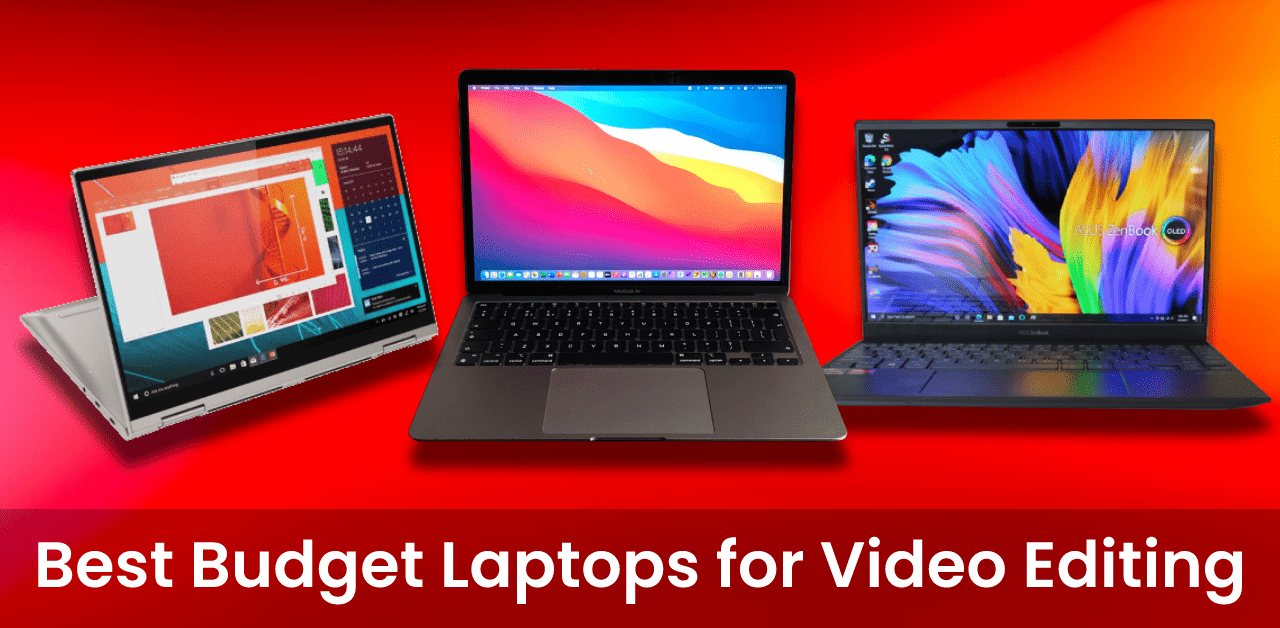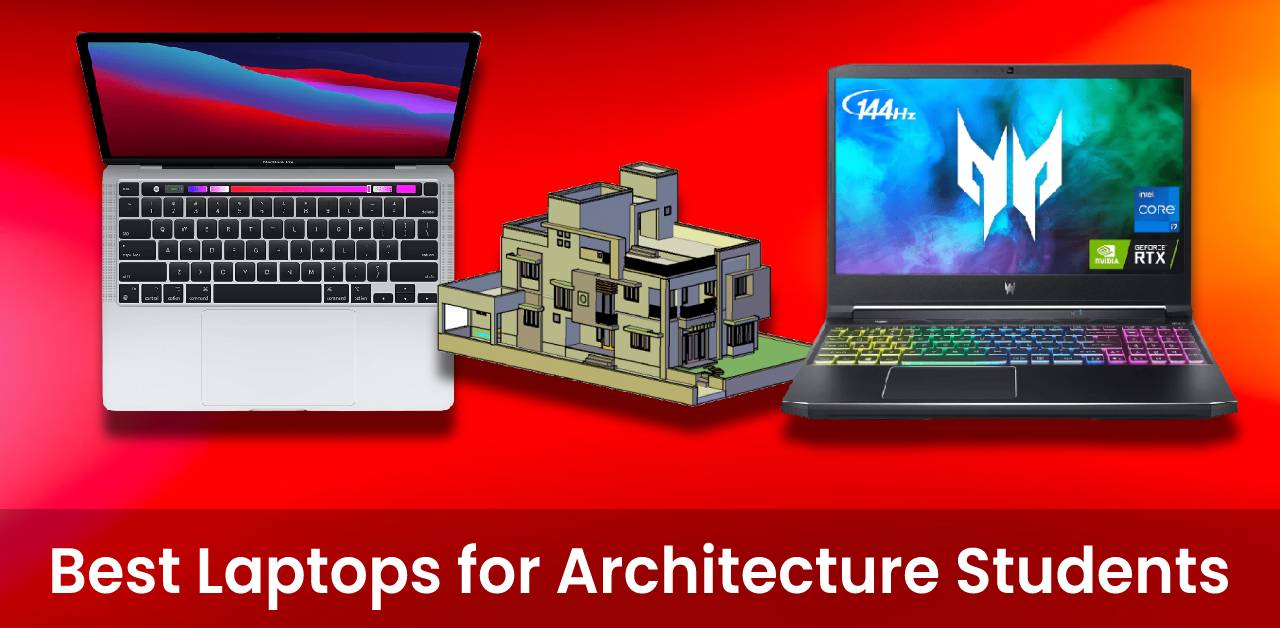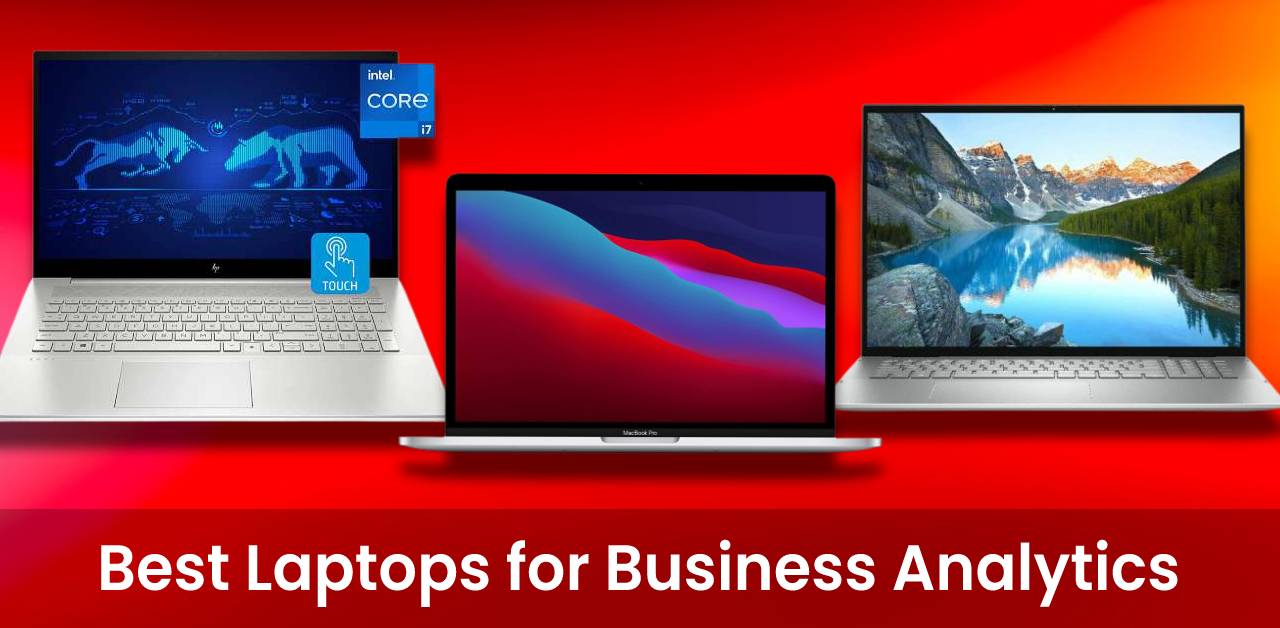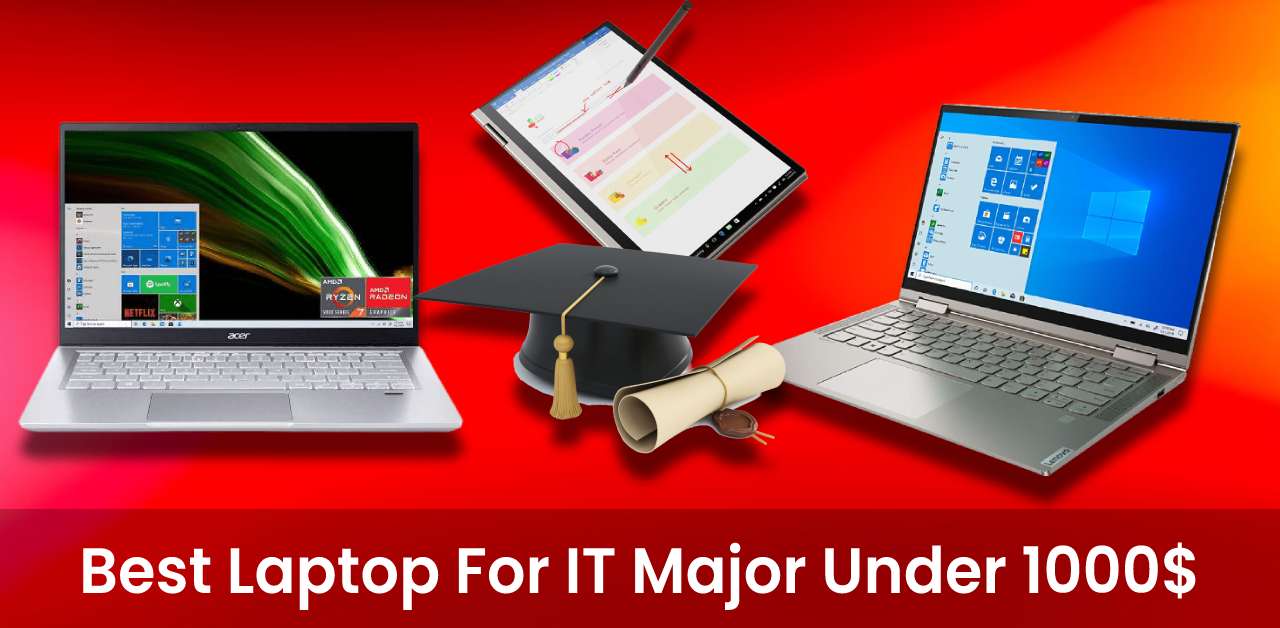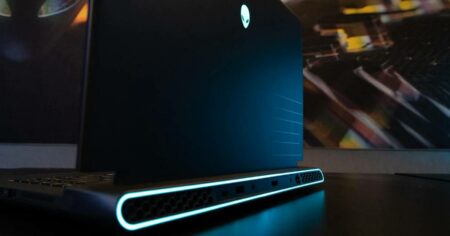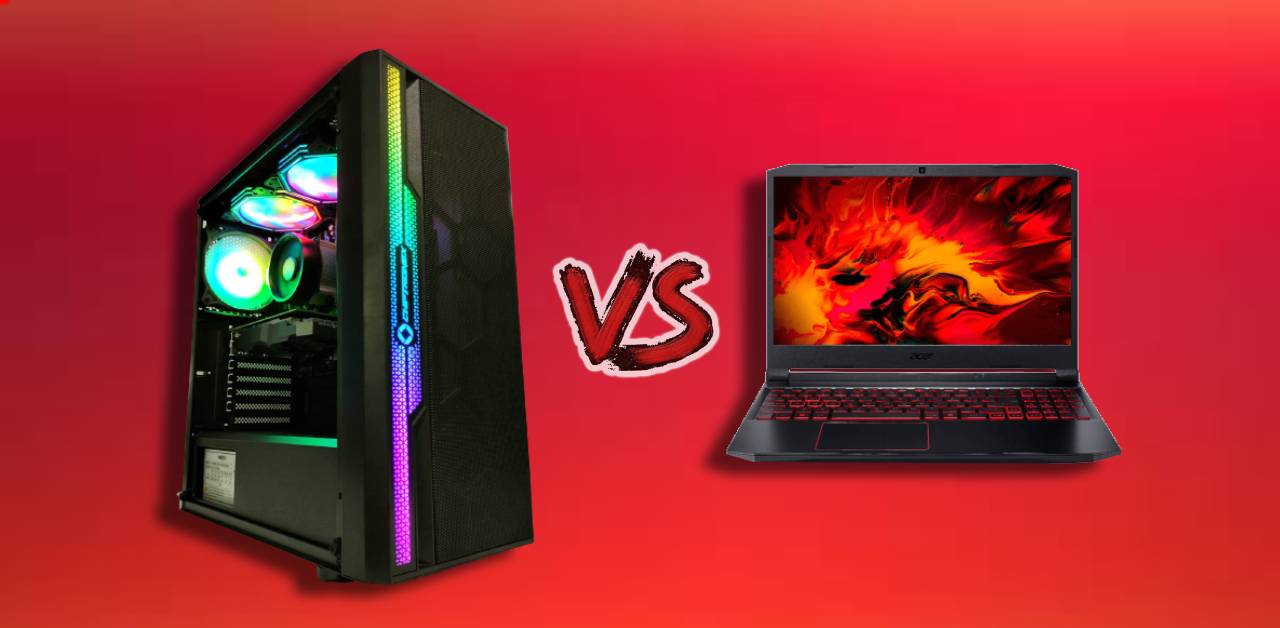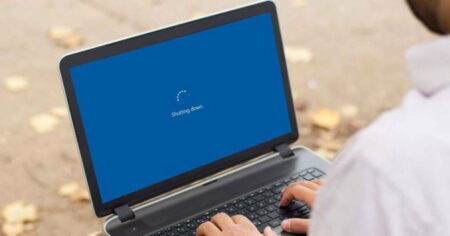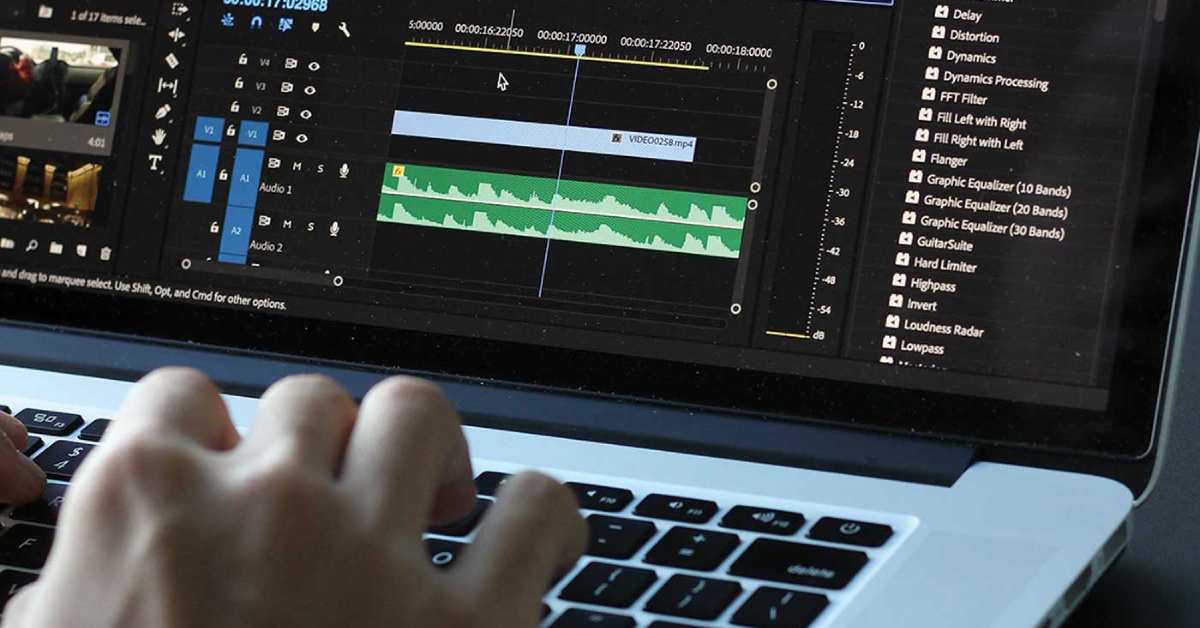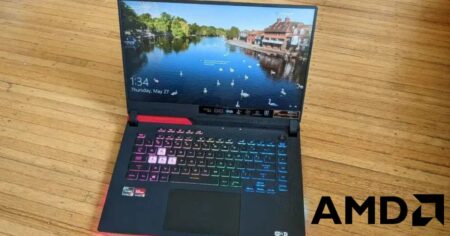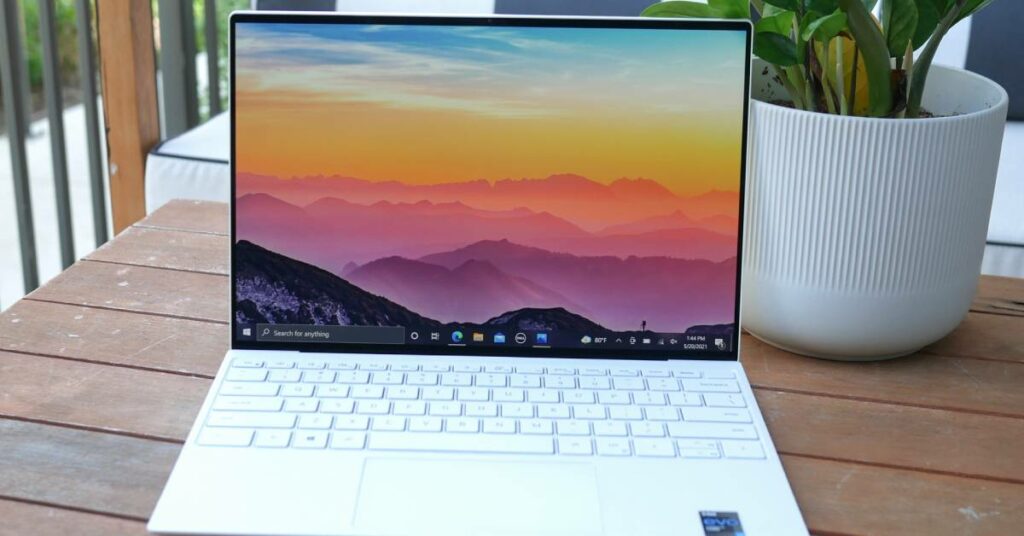
With computer displays, there are two main resolutions to choose from: 1366×768 and 1920×1080. Both resolutions have their own advantages and disadvantages, so it can be hard to decide which one is best for you. In this article, we will compare and contrast 1366×768 and 1920×1080, in order to help you make the best decision for your needs.
What is the difference between 1366×768 and 1920×1080?
The two most common resolutions for computer monitors are 1366×768 and 1920×1080. But what’s the difference between them? And which one is right for you? The short answer is that 1366×768 resolution is best for most people, while 1920×1080 is better for high-end gaming and video editing.
1366×768 resolution is best for most people because it offers a good balance between screen size and image quality. It’s perfect for browsing the web, checking email and watching YouTube videos.
The 1920×1080 resolution offers improved image quality compared to 1366×768, especially when it comes to graphics and gaming.
Which resolution is best for you?
It’s no secret that the world of technology is constantly evolving. With new phones, laptops, and monitors being released every day, it can be hard to keep up with what’s best for your needs. So, which resolution is best for you? 1366×768 or 1920×1080? The answer depends on a variety of factors, including what you plan to use your device for.
If you’re looking for a laptop or monitor, 1920×1080 is the best resolution to choose. It offers the highest pixel density, meaning you’ll see the most amount of detail on your screen. However, if you’re looking for a phone or tablet, 1366×768 is the better option. These devices are typically smaller in size, so you’ll still be able to see everything clearly even with a lower pixel density.
How do I change my resolution?
If you’re not sure which resolution is best for you, we recommend trying out a few different ones to see what works best. You can do this by visiting your computer’s settings and adjusting the resolution there. If you’re using a desktop or laptop, you’ll want to go to the Display tab and change the settings from there. For laptops, you may also need to tweak the resolution depending on whether you’re using an external monitor or not. If you have a smartphone or tablet, you can usually find the resolution settings in the Display or Settings menu.
What are some tips for choosing the right resolution?
When choosing a resolution, it’s important to take a variety of factors into account. One of the most important is the size of your monitor. If you have a small monitor, 1366×768 is a good resolution because it will give you more screen space. If you have a large monitor, 1920×1080 is a better option because you’ll be able to see more detail. Another thing to consider is your computer’s hardware. If your computer isn’t very powerful, 1920×1080 may be too demanding and cause lag or choppy graphics. In that case, 1366×768 would be a better choice.
Conclusion
In the end, it all comes down to what you’re using your computer for. If you need more screen real estate and aren’t as worried about graphic quality, then 1366×768 is the best option for you. If you want the best possible graphics and don’t mind sacrificing a bit of screen space, then 1920×1080 is the best resolution for you. How do you change your resolution? It’s actually very easy – read on for instructions!
For more articles, Visit here.
Frequently Asked Questions
What should I choose: 1366×768 or 1920×1080?
1920×1080 is the better resolution then the 1366×768. It provides great visibility and you can enjoy your streaming and computer graphics. You can come with 1920×1080 resolution because of its high image quality.
How does the resolution of my monitor affect my graphics card?
The resolution of your monitor can affect your graphics card in a few different ways. First, if you have a very high resolution monitor, it can put strain on your graphics card and cause it to work harder. This can lead to reduced performance and even overheating.
Second, the wrong resolution can actually cause graphical glitches. This is because your graphics card is trying to display a picture that is too big or too small for your monitor

